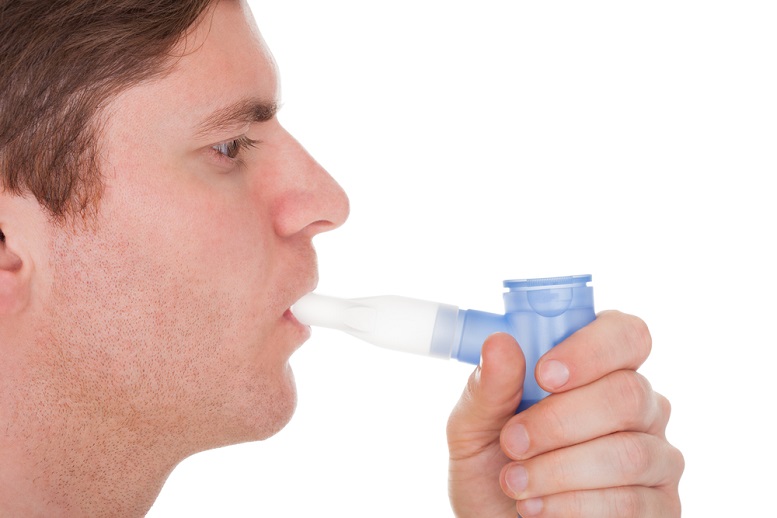After you are diagnosed with pulmonary fibrosis, you and your physician will determine the most effective treatment plan to slow down the progression of the disease and alleviate symptoms. The scarring that pulmonary fibrosis causes is irreversible, and the standard treatment methods used today cannot fully stop the advancement of the disease. Of course, the current treatments are relatively effective in easing symptoms short-term and impeding the progression of the condition. Additionally, most treatment options also work by enhancing patients’ quality of life.
Medications Idiopathic Pulmonary Fibrosis
There are some new medications idiopathic pulmonary fibrosis in existence, so your physician may initially recommend these options. These options include and pirfenidone; both of these drugs are FDA-approved. Ultimately, they work by impeding the progression of idiopathic pulmonary fibrosis.
Although the two drugs are effective in impeding progression, they both come with some side effects. has mild side effects such as nausea and diarrhea. Pirfenidone, on the other hand, may bring on symptoms like nausea, diarrhea, and rashes.
Since neither drug is perfect, researchers are constantly hard at work to formulate newer, better medications idiopathic pulmonary fibrosis. There are numerous ongoing studies aiming to produce more medications that can improve pulmonary fibrosis.
As GERD (gastroesophageal reflux disease) is a digestive disorder that typically accompanies idiopathic pulmonary disease, physicians usually also prescribe patients antiacids.
O2 Therapy
Oxygen therapy is also a common method to treat idiopathic pulmonary disease. Even though oxygen therapy is unable to prevent any damage to the lungs, it works by alleviating breathing problems, stabilizing blood oxygen levels, lower blood pressure, and enhance the quality of sleep. Most patients prefer to undergo oxygen therapy during sleep or physical activity, though, some patients need to receive it regularly through a portable oxygen tube.
Rehabilitation
Rehabilitation of the lungs is an effective way to control symptoms, enhance the quality of life, and make patients’ daily life easier.
Most rehabilitation plans consist of:
- Exercises to enhance physical and lung capacity
- Breathing exercises to improve lung capacity
- Nutritional and therapeutic support
- Information sessions to provide a better understanding of the disease
Transplantation
Some patients with pulmonary fibrosis may be eligible for a lung transplant. A lung transplant may be an excellent option to improve the quality of life of patients and prolong their lives. However, it also comes with dangers such as infections and rejection of the new organ. If you are a good candidate for a lung transplant, your physician will talk you through the process.
Featured Image: DepositPhotos/ AndreyPopov



